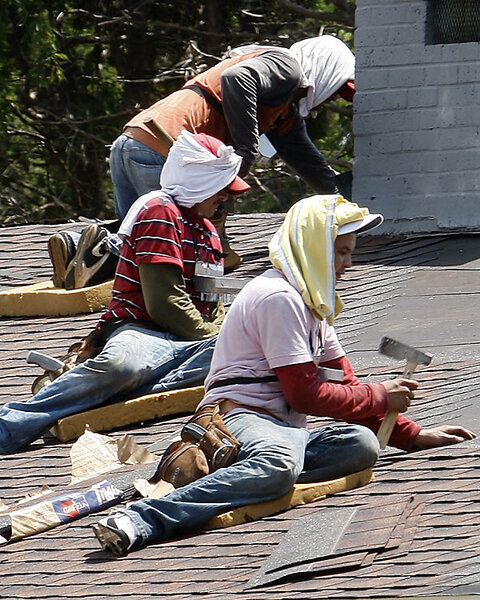The second largest city in the continental US based on geographical size, Oklahoma City is used to overcoming adversity. It's weathered nine powerful tornadoes, the 1995 domestic terrorist bombing of the Alfred P. Murrah Federal Building, and the 2008-09 collapse of the housing market.
The metro area saw home values rise to $134,900 during the housing bubble, fall to $128,100 in 2008, and then begin climbing again. It hasn't looked back. The median price for a single-family home stands at a new high of $149,900 as of the second quarter of this year, according to data from the National Association of Realtors. That's 11 percent higher than at the peak of the bubble.
The rebound in real estate parallels the rise in the metro area's economy, which was steadied during the great recession by government employment (Oklahoma City is the state capital and contains an Air Force base), by the livestock industry, and by energy businesses (an oil derrick sits on the Capitol grounds).
As a result, jobs are relatively plentiful. Employment's at a 13-month high. The unemployment rate is 6.7 percent, very high by Oklahoma City standards, but the lowest rate of the six post-bubble cities.





